From blenders to stand mixers, kitchen appliances can make the often tedious world of cooking a little bit easier. One such kitchen workhorse is the food processor, which can chop, dice, grind and slice everything from onions and parsley to cheese and potatoes. It’s a handy option if you’re in a hurry, have a labor-intensive recipe or are simply intimidated by sharp knives — unlike a blender with a similar blade-like construction, you don’t even have to include any liquid to get the results you want.
“Food processors definitely help to expedite recipe preparation,” said Diamond Wynn, a recipe developer for HelloFresh. “I prefer them for large volume sauces that require smaller cuts — it allows for natural flavors and liquids to blend together, which can get lost hand cutting on a cutting board.”
We consulted experts to break down what to look for when shopping for a food processor and compiled some of their recommendations, plus rounded up other highly rated options based on their guidance.
LEARN MORE ABOUT how to shop for a food processor
Top-rated food processors in 2021
Cuisinart food processors are a favorite among the experts we spoke to — Ariane Resnick, a special diet chef and certified nutritionist, noted she’s had her current one for over a decade. “They’re easy to use, quick to assemble and replacement parts are easy to come by,” Wynn added. This 14-cup model has almost all the basic features a food processor needs to be efficient: a large bowl, a sturdy base, a large feed tube and stainless steel standard, slicing and shredding blades. Its 720-watt motor is slightly weaker than many other large-capacity food processors, but that doesn’t seem to deter customers: It currently boasts a 4.7-star average rating from more than 8,000 Amazon reviews.
This 9-cup food processor has a 4.8-star average rating from over 2,500 Amazon shoppers and features multiple preset settings — including chop, puree and dough — that’ll customize the speed based on what you’re making. Along with the standard blade, the Ninja Professional Plus includes a dough blade and a reversible slicing and shredding disc, which you can easily swap out on the bowl’s center post. “I appreciate the attachments, they have great replacement policies and warranties and their processors come with blades that accommodate bread and cookie doughs,” noted Victoria Abdelhady, the culinary assurance lead for HelloFresh.
All parts are dishwasher-safe, and the brand recommends pulsing warm water and 1-2 small drops of dish soap to quickly clean the bowl and blades.
For a mini food processor option, this 3.5-cup chopper from KitchenAid is compact and comes with two basic speeds — chop and puree — along with a pulse option that gives you more control. This dishwasher-safe device is convenient for people who don’t cook as often and would rather use their food processor to quickly mince smaller ingredients like garlic and parsley or prepare sauces and dips. The KitchenAid food chopper currently boasts a 4.6-star rating from over 11,000 Amazon buyers and is available in more than 10 different colors, including Empire Red and Majestic Yellow.
This affordable option from Hamilton Beach comes with an average 8-cup capacity bowl, a 450-watt motor and an easy-to-use dial with two speeds and a pulse option. The brand claims its large feeding tube can fit an entire block of cheese, while its reversible shredding and slicing disc can quickly slice vegetables and puree sauces and dips. Weighing 5 pounds, it’s also lightweight enough to move around your kitchen, and the top lid can flip over for compact and space-saving storage. It has a 4.6-star average rating from more than 11,500 Amazon reviewers, and it’s also available in a 10-cup model.
If you’re looking for a heavy-duty option, the 16-cup capacity Breville Sous Chef has a powerful 1,200-watt motor that can withstand feeding large groups or doubling recipes. It also comes with a 2.5-cup work bowl for smaller quantities along with a mini blade that can accommodate it. Other attachments and accessories include an S-blade, a dough blade, five slicing discs (adjustable slicer, julienne, French fry, whisker and reversible shredder), a spatula, a cleaning brush and a storage box. For those hoping to get a smaller version, Breville also offers a 12-cup Sous Chef food processor with a 1000-watt motor and similar attachments.
The Oster food process has a 10-cup capacity and an easy-to-assemble large feed tube that’s 5 inches wide to fit multi-sized vegetables, including carrots and onions. It includes an S-blade, a dough blade and a reversible shredding and slicing disc for versatile use, and its removable BPA-free parts are dishwasher-safe, according to the brand. This food processor has a 4.3-star average rating from nearly 2,000 shoppers on Amazon.
How to shop for a food processor
A food processor typically comes with four main parts: a bowl, a sharp chopping blade, a base with a motor and controls and a removable lid. The lid will sometimes feature a feed tube (often referred to as a food chute), which provides the option to add ingredients or “[slowly] drizzle liquid or oil to improve sauces like pesto and dips like hummus,” according to Wynn. She noted that a feed tube can be handy since having to remove the lid to add ingredients sometimes “compromises textural integrity and flavor.”
Resnick recommended buying “realistically, not aspirationally” when it comes to food processors. “Choose your appliances based on what you already do in the kitchen and opt for equipment aligned with that,” she said. “Whether that’s an inexpensive mini chopper or a max capacity size with all the bells and whistles, base your decisions on your long-term current cooking habits, not your Pinterest boards.”
Blades and accessories
Food processors typically include up to three basic types of blades:
- S-blade: This standard blade comes with most devices and is used to coarsely chop, mix or puree food.
- Shredding disc: Also called the grating disk, this attachment is used to shred foods like carrots, cabbage and potatoes.
- Slicing disc: This disc can be either separate or included in the shredding disc and can be used to slice food like zucchini and potatoes into rounds.
While the standard blade, which can be used to mince vegetables or prepare thick homemade dips like hummus, may be enough for most home cooks, you can use the slicing and shredding blades to simplify dishes like a gratin with sliced potatoes or baking recipes with freshly cut butter. “You’ll know if you [will] use them by how often you already bother with a mandolin or box grater,” said Resnick.
There’s also a few extra attachments you can invest in like a plastic dough blade to knead bread and pizza dough or a blender attachment to effortlessly juice fruits and vegetables into a smoothie.
Size and capacity
Food processors vary in capacity and size — experts told us you can determine which size is right for you by considering how frequently you’ll use your food processor, the size of your space and how many ingredients your recipes typically call for. “Don’t get something too small for your needs, or so big that you can’t store it properly,” said Resnick.
An 8-cup model is a standard, mid-size capacity for people who don’t anticipate using large quantities of ingredients or are just starting out with a food processor. It’ll likely be efficient for most food processor needs, like chopping and dicing vegetables and other foods.
Larger food processors can range from 11 cups up to 20 cups — these can accommodate ingredients for family-sized meals or for doubling a recipe. Models between 11 and 14 cups are usually better for home use due to their versatility and more manageable size, and they can still withstand larger quantities and tougher ingredients like dense doughs.
For smaller quantities, a mini food processor (usually between 2 cups and 4 cups) can be a good addition to your essentials, even if you already have a full-sized version. Resnick noted she has a mini 2-cup food processor that she uses more often than her 14-cup machine. “It’s perfect for small batches of sauces or mincing tons of garlic,” she added.
Abdelhady noted she used a 3.5-cup processor for making simple sauces and spice blends, but later upgraded to a larger 8-cup model to ensure she could “make other things besides vegetable bases.”
Speed and power
Most food processors come with one speed and the option to pulse, which lets you control how much you process your ingredients without running the risk of overdoing it. However, certain models may come with low, medium and high speed settings that give you more control. How powerful the motor is can also be an important consideration, especially with full-sized food processors. Those that are an average size (between 7 to 9 cups) should be 400 watts or above, while larger models (11 cups and above) should typically be around 750 watts or more. A good rule of thumb is the larger the machine, the stronger the motor.
Catch up on the latest from NBC News Shopping guides and recommendations and download the NBC News app for full coverage of the coronavirus outbreak.

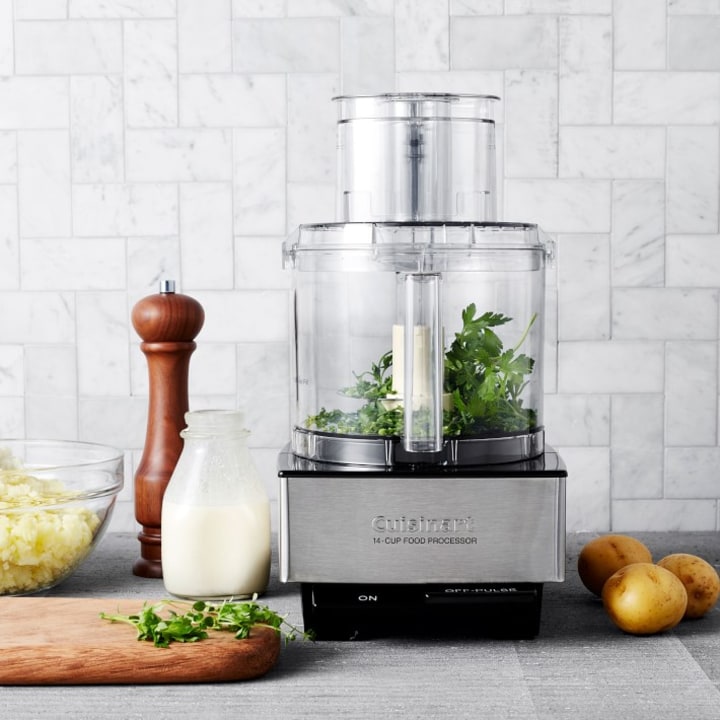
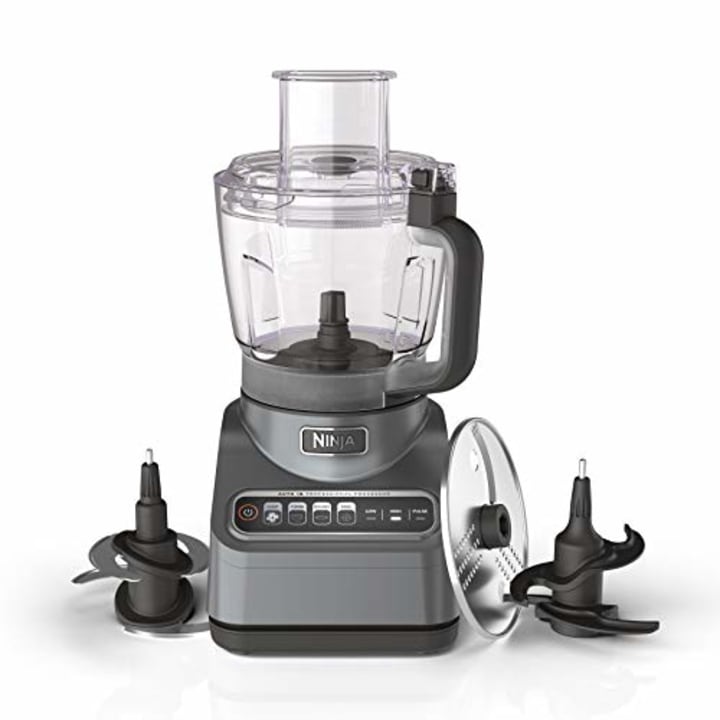
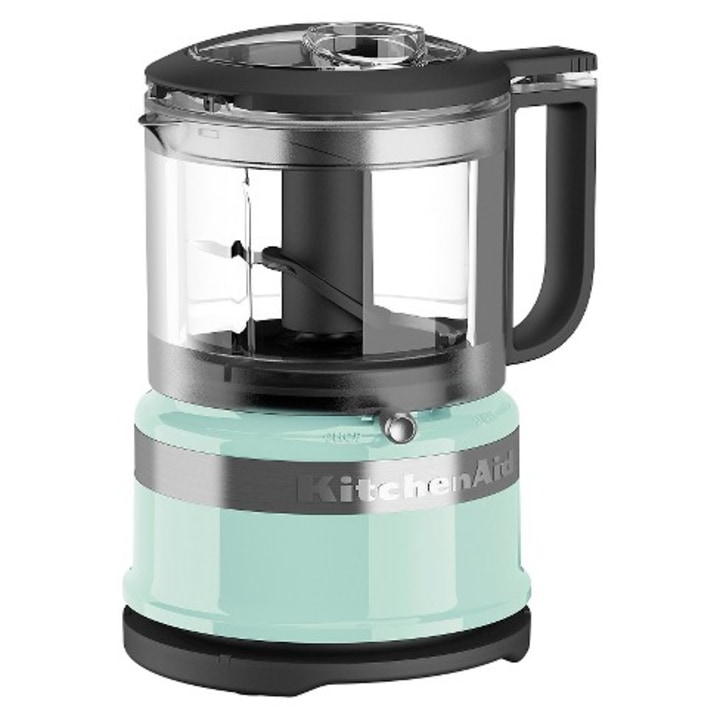
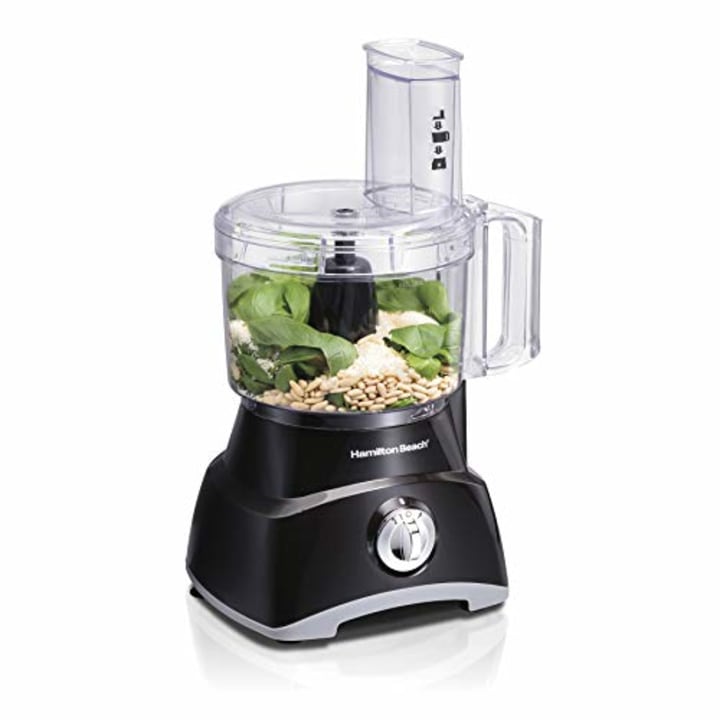
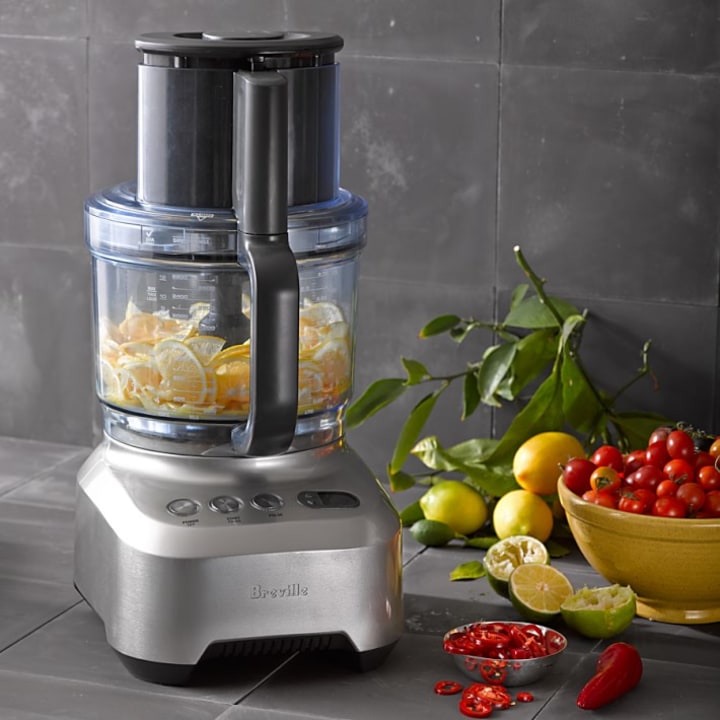
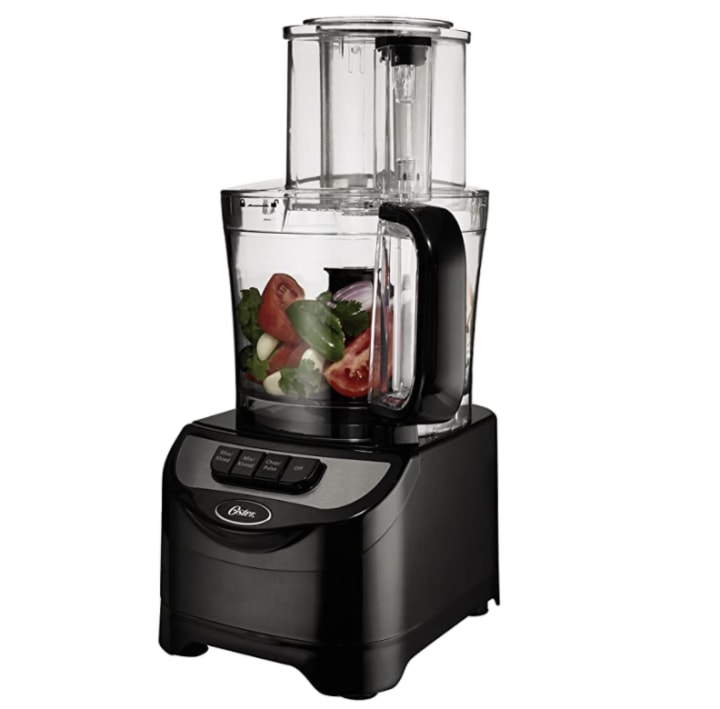



More Stories
Dated Kitchen Features That Homebuyers Notice
Shake the fridge Shakshuka using up leftovers
Italian Meatloaf – Once Upon a Chef